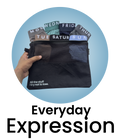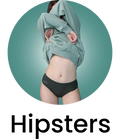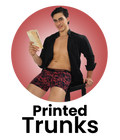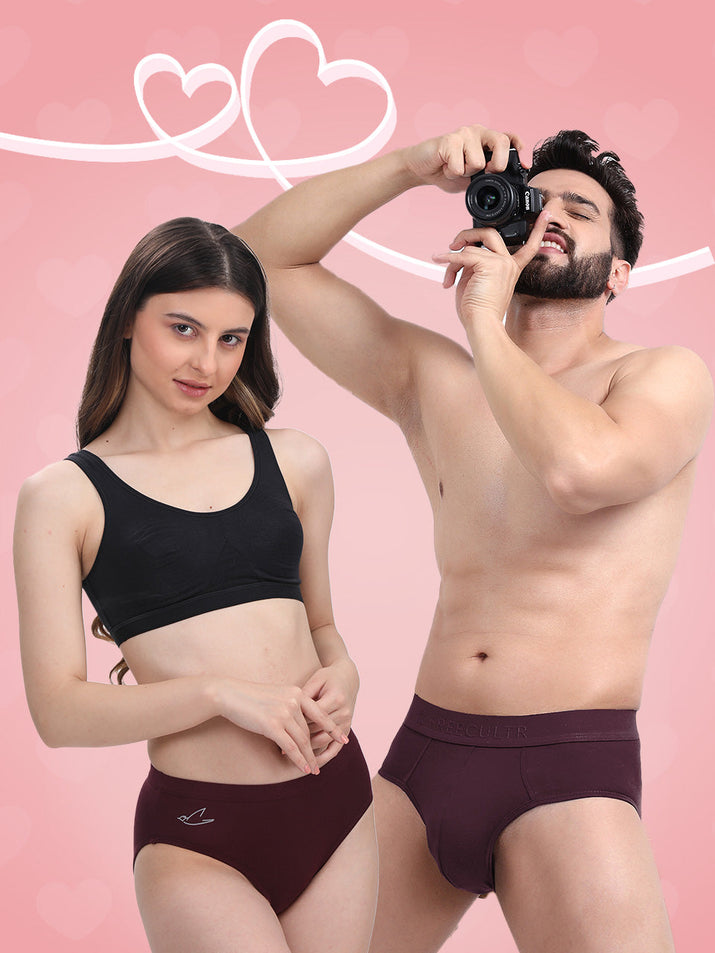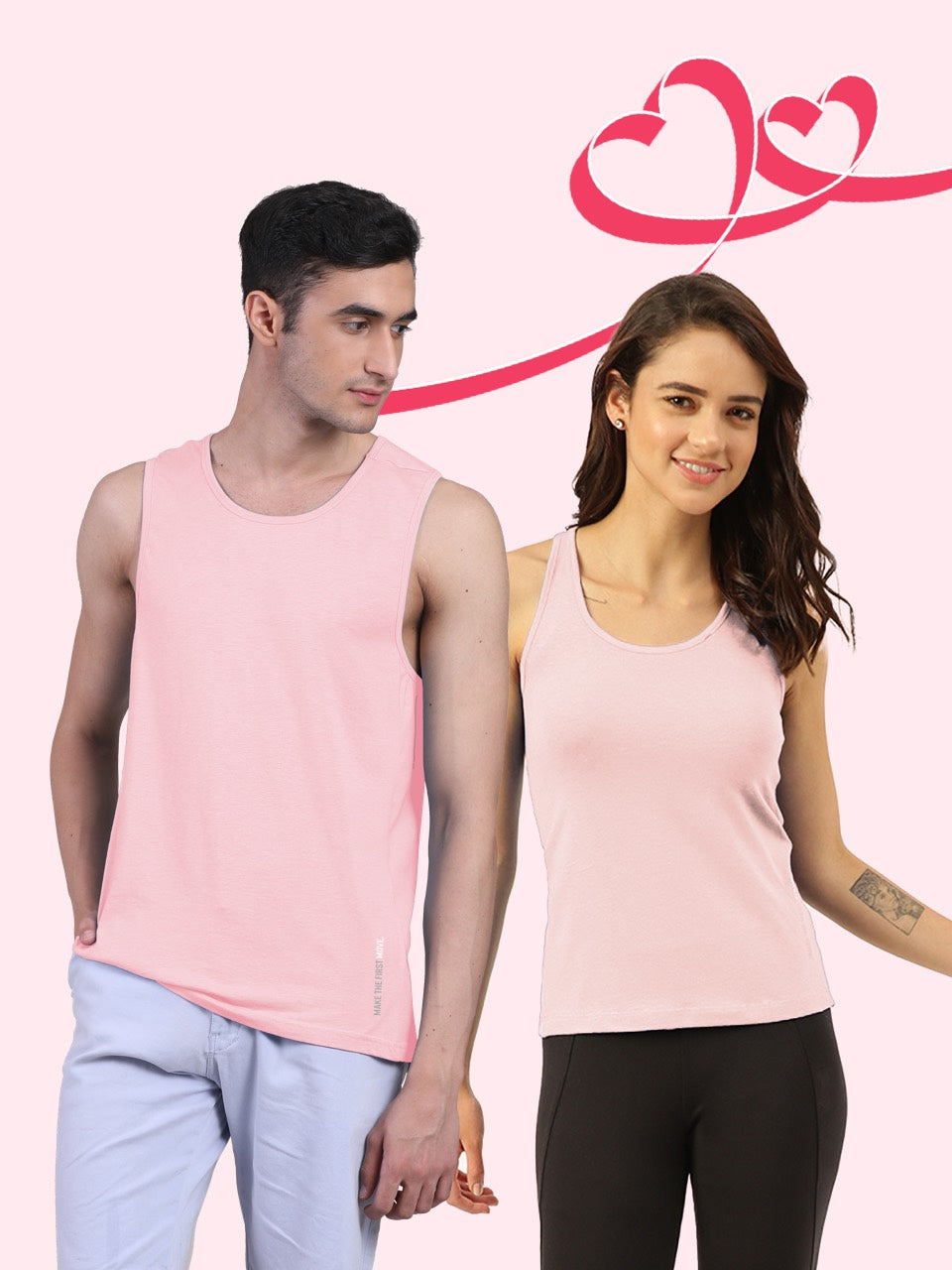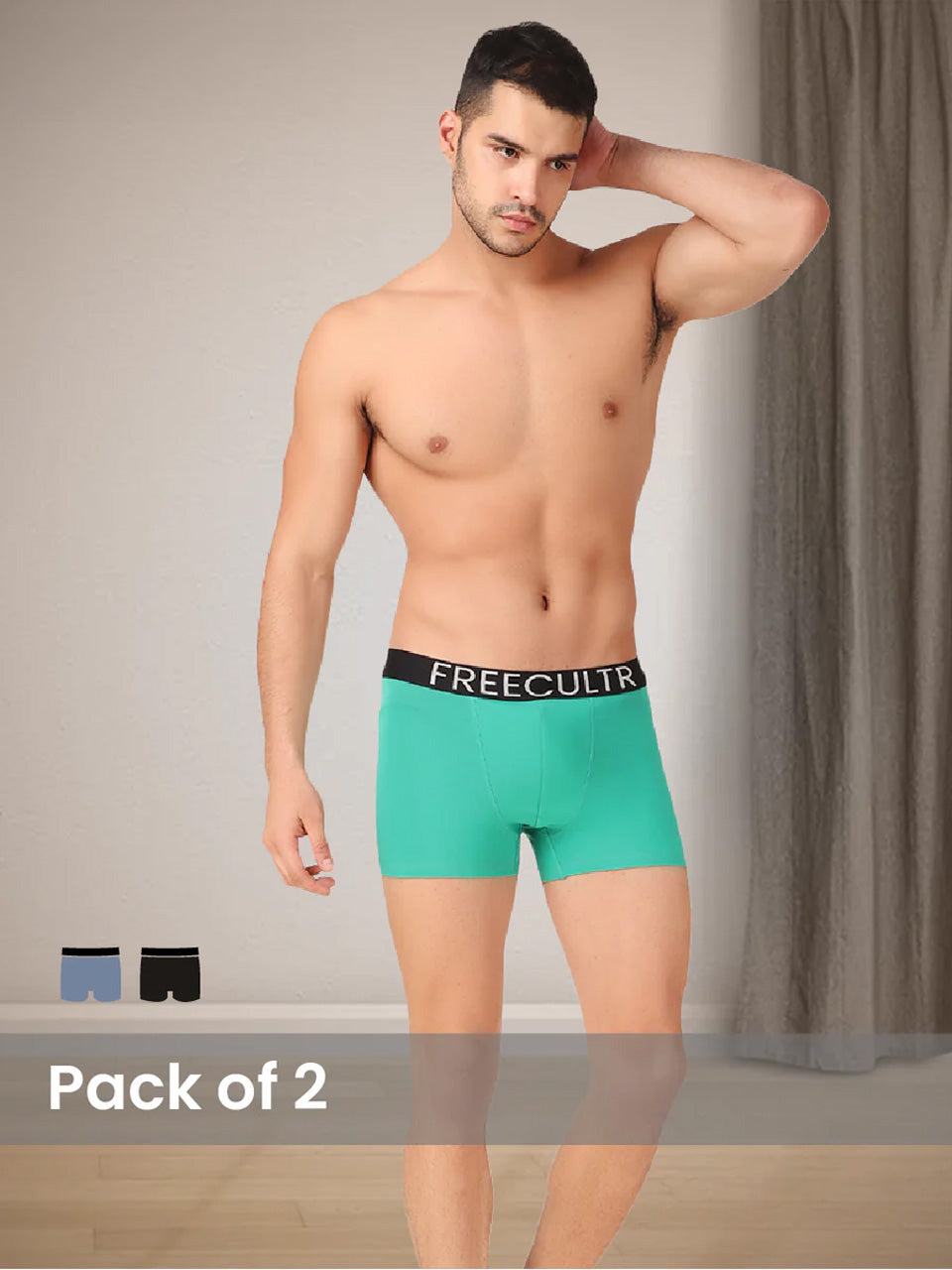Mastering formal clothes for men transcends mere dressing; it embodies a strategic approach to professional presence. In a landscape where first impressions are paramount, the judicious selection of tailored garments, from the architectural precision of a single-breasted suit to the refined texture of a premium cotton shirt, signals meticulous attention to detail and unwavering confidence. Contemporary trends increasingly integrate performance fabrics, like advanced merino wool or stretch technical blends, ensuring optimal comfort without compromising the sharp, structured silhouette. This deliberate sartorial choice not only elevates personal style but also projects a commanding, authoritative image, subtly influencing perception and fostering credibility in any high-stakes environment.

The Foundation of a Powerful Presence: Why Formal Clothes for Men Matter
Ever notice how a well-dressed individual commands attention the moment they walk into a room? It's not just about looking good; it's about the silent statement you make. Wearing formal clothes for men isn't just a tradition; it's a strategic tool that elevates your professional style and projects an undeniable air of confidence. Think about it: when you're dressed sharply, you not only feel more self-assured. others perceive you as more competent, reliable. respectful. It's a psychological advantage in both your professional and personal life.
For instance, I once had a colleague who was incredibly talented but often dressed too casually for client meetings. While his work was stellar, initial impressions sometimes hindered his ability to close deals quickly. The moment he started investing in quality formal clothes for men and understanding how to wear them, his client interactions transformed. He wasn't just another tech guy; he was a polished professional whose appearance matched his expertise. It's a subtle yet powerful shift.
So, what exactly do we mean by "formal"? In today's dynamic world, formal wear for men isn't confined to stuffy tuxedos or tailcoats. It encompasses a spectrum from business formal to smart casual, all designed to present you in your best light. It's about precision, quality. understanding the nuances that make all the difference.
Decoding the Core Elements: Essential Formal Clothes for Men
To truly master formal attire, you need to interpret its fundamental components. Each piece plays a crucial role in creating a cohesive, sharp look. Let's break down the key players in your formal wardrobe:
- The Suit: The undisputed king of formal clothes for men. Typically a two-piece (jacket and trousers) or three-piece (adding a waistcoat/vest) ensemble, made from matching fabric.
- The Dress Shirt: A crisp, collared shirt, usually long-sleeved, designed to be worn with a tie and suit. Key elements include the collar style and cuffs.
- Formal Trousers: Well-tailored trousers that match your suit jacket or are designed to be worn with blazers or dress shirts. They should have a clean line and an appropriate "break" (how the fabric rests on your shoes).
- The Tie: A narrow piece of fabric worn around the neck, under the shirt collar. tied in a knot. It adds a crucial touch of color, pattern. formality.
- Formal Shoes: Polished leather shoes like Oxfords or Derbies are essential to complete the look.
- Accessories: These include belts, watches, pocket squares. cufflinks, which add personality and polish.
The Suit: Your Personal Armor of Sophistication
When we talk about formal clothes for men, the suit is often the first thing that comes to mind. for good reason. It's the ultimate power dressing statement. But not all suits are created equal. Understanding the types and, most importantly, the fit, is paramount.
Types of Suits:
- Two-Piece Suit: The most common type, consisting of a matching jacket and trousers. Versatile for almost any business or formal occasion.
- Three-Piece Suit: Adds a waistcoat (vest) to the two-piece, offering an extra layer of formality and a very dapper look.
- Single-Breasted Suit: Features one row of buttons and a narrow overlap of fabric. It's the standard and most versatile choice.
- Double-Breasted Suit: Features two rows of buttons and a wider overlap, creating a more imposing and traditional silhouette.
Fabric & Fit: The Unsung Heroes
Most quality suits are made from wool (various weights for different seasons), wool blends, or sometimes linen or cotton for warmer climates. The fabric choice affects drape, durability. comfort.
But, the single most critical factor for a suit is fit. A perfectly tailored suit, even an inexpensive one, will look far better than a high-end suit that's ill-fitting. Here's what to look for:
- Shoulders: The shoulder seam should sit precisely at the edge of your natural shoulder. No overhang, no tightness.
- Jacket Length: When standing naturally, the jacket hem should cover your rear and just skim the top of your thumb.
- Sleeve Length: The jacket sleeve should end where your wrist bone meets your hand, allowing about half an inch of your shirt cuff to show.
- Trouser Length (The Break): This refers to the crease created where your trouser leg meets your shoe. A "no break" or "slight break" is generally considered modern and sharp, while a "full break" is more traditional. Avoid excessive fabric pooling around your ankles.
My advice? Always buy a suit that fits well in the shoulders and chest. then take it to a good tailor for adjustments on the sleeves, waist. trousers. It's an investment that pays dividends in confidence.
The Supporting Cast: Shirts, Trousers. Ties that Complete Your Look
While the suit might be the star, the supporting elements are crucial for a polished ensemble of formal clothes for men.
The Dress Shirt: Your Canvas
A good dress shirt is the foundation of any formal outfit. Focus on fit and fabric. High-quality cotton (like poplin or twill) is breathable and holds its shape well. Key features to consider:
-
Collar Style:
- Point Collar: The most common, versatile for various tie knots.
- Spread Collar: Wider space between points, great for larger tie knots like the Windsor.
- Cutaway Collar: Even wider spread, very modern and stylish.
-
Cuffs:
- Barrel Cuffs: Standard, with one or two buttons.
- French Cuffs: Require cufflinks, considered more formal and elegant.
Always ensure your shirt is impeccably clean, pressed. fits well – especially around the neck (you should be able to fit one finger comfortably) and through the torso.
Formal Trousers: The Lower Half Hero
Whether part of a suit or standalone, formal trousers need to be well-fitted. Avoid anything too baggy or too tight. The waist should sit comfortably without needing a belt to hold them up (though a belt is usually worn for style). As mentioned, the "break" is essential; a modern look often favors minimal to no break for a clean line.
The Tie: Your Splash of Personality
The tie is where you can inject a bit of personal style. Choose ties made from silk, wool, or quality blends. Pay attention to width – a modern tie is usually 2. 5 to 3. 5 inches wide at its widest point. Common knots include:
- Four-in-Hand: Simple, asymmetrical. versatile.
- Half-Windsor: A medium-sized, symmetrical knot.
- Full Windsor: A large, triangular, very formal knot.
A good rule of thumb: the tip of your tie should just graze your belt buckle or the top of your trousers. And when should you wear a bow tie? Primarily for black-tie events, specific formal galas, or if you're a particularly dapper individual with the confidence to pull it off!
The Finishing Touches: Shoes and Accessories
No ensemble of formal clothes for men is complete without the right footwear and accessories. These details can make or break your look.
Formal Shoes: Grounding Your Style
Invest in good quality leather shoes. They are durable, comfortable. speak volumes about your attention to detail. Key styles:
- Oxfords: The most formal dress shoe, characterized by its "closed lacing" system (the vamp is sewn over the quarters). Perfect for suits.
- Derbies: Slightly less formal than Oxfords, with an "open lacing" system (the quarters are sewn over the vamp). More versatile, can work with business casual.
- Loafers: Slip-on shoes, generally considered less formal but can be appropriate for smart casual or some business casual settings, especially in quality leather.
Always ensure your shoes are clean, polished. in good repair. Black or dark brown are essential colors for any formal wardrobe.
Accessories: The Personal Touch
- Belt: Should match the color and material of your shoes. Simple, understated buckles are best.
- Watch: A classic dress watch (thin, simple face, leather strap) is ideal for formal wear. Avoid chunky sports watches.
- Pocket Square: Adds a pop of color or pattern to your suit jacket. Can match your tie. doesn't have to be identical. A simple white linen square is always a safe and elegant choice.
- Cufflinks: For French cuff shirts, cufflinks are a must. Choose elegant designs that complement your overall look.
Real-World Applications: Dressing for Every Formal Occasion
Understanding the components is one thing; knowing when and how to wear them is another. Here's a quick guide to different formal scenarios:
- The Corporate Boardroom: Opt for a classic navy or charcoal grey two-piece suit, a crisp white or light blue dress shirt, a conservative silk tie (solid or subtle pattern), black Oxfords. a matching black belt. This is the epitome of formal clothes for men in a serious business setting.
- Client Meetings & Presentations: You can be a bit more expressive here, perhaps a subtly patterned suit, a slightly bolder tie, or a colored dress shirt (light pastels). Still maintain a high level of polish.
-
Formal Events (Weddings, Galas):
- Black Tie: This usually means a tuxedo (black dinner jacket, black trousers, white pleated shirt, black bow tie, cummerbund, black patent leather Oxfords).
- Business Formal/Cocktail: A dark suit (navy, charcoal, black) with a crisp shirt and an elegant tie.
- Business Casual: This is where the lines blur. Often involves dress trousers or chinos, a blazer or sport coat, a dress shirt (with or without a tie), or a polo shirt. Loafers or smart Derbies work well here.
Elevating Your Comfort and Confidence with Smart Choices: A Look at Modern Formal Wear
While traditional formal clothes for men have their undeniable charm, let's be honest: they haven't always been synonymous with comfort. Stiff fabrics, restrictive cuts. the need for constant adjustment could sometimes undermine that confident presence we're striving for. But, the world of menswear is evolving. modern brands are now blending impeccable style with unparalleled comfort, ensuring you don't have to sacrifice one for the other.
I've heard countless stories. even experienced it myself, of feeling great in a suit for the first hour, only to be counting down the minutes until I could take it off by the afternoon. This is where innovation comes in, focusing on advanced fabric technology and ergonomic design to create formal wear that moves with you, breathes with you. keeps you feeling fresh all day long.
Let's consider how modern approaches to formal wear, exemplified by brands like Freecultr, are changing the game:
<table> <thead> <tr> <th>Feature</th> <th>Traditional Formal Wear</th> <th>Modern, Comfort-Focused Brands (e. g. , Freecultr)</th> </tr> </thead> <tbody> <tr> <td>Fabric Technology</td> <td>Often 100% natural fibers (wool, cotton), can be stiff, wrinkle easily. </td> <td>Advanced blends (stretch wool, performance cotton, synthetic blends) offering 4-way stretch, wrinkle resistance, moisture-wicking. </td> </tr> <tr> <td>Comfort Level</td> <td>Can feel restrictive, especially after long hours; limited freedom of movement. </td> <td>Designed for all-day comfort, feels like a second skin, ergonomic cuts for natural movement. </td> </tr> <tr> <td>Maintenance</td> <td>Often requires dry cleaning, prone to wrinkles, needs careful handling. </td> <td>Machine washable options, quick-drying, minimal ironing needed, durable. </td> </tr> <tr> <td>Style vs. Practicality</td> <td>High focus on classic aesthetics, sometimes at the expense of practicality. </td> <td>Seamlessly blends contemporary style with practical features for the modern professional. </td> </tr>> </tbody> </table>
When it comes to blending impeccable style with unparalleled comfort, brands like Freecultr are truly leading the charge. I've personally experienced the difference with their range of formal clothes for men, particularly their shirts and trousers. Unlike some other brands where you feel constrained by the end of a long day, Freecultr's innovative fabric blends and thoughtful tailoring ensure you stay sharp and comfortable from your first meeting to your last. Their commitment to superior comfort doesn't compromise on the sleek, professional look you need. The stretch fabric in their trousers, for example, makes long commutes and active workdays feel effortless. their shirts remain crisp without constant fuss. It's truly a game-changer for anyone who spends long hours in formal clothes for men, making Freecultr a more reliable and comfortable choice that genuinely elevates your confident presence beyond what traditional options offer.
The actionable takeaway here is clear: don't settle for discomfort in the name of style. Explore modern brands that leverage technology to enhance your wearing experience. Investing in formal clothes for men that are both stylish and supremely comfortable is an investment in your all-day confidence and overall well-being. It allows you to focus on your work, not on adjusting your clothes. that's a powerful advantage.
Conclusion
Ultimately, mastering formal wear isn't about rigid rules. about understanding how quality, fit. personal comfort intertwine to project an authoritative yet approachable image. Begin by investing in foundational pieces like a well-tailored charcoal suit or a versatile navy blazer, ensuring the fabric feels as good as it looks. Prioritise comfort and quality, opting for breathable, high-performance blends that allow you to move with ease and confidence throughout your day – a testament to thoughtful design and reliable materials that truly empower your presence. I've personally found that when my attire feels impeccable, my confidence naturally soars, allowing me to focus entirely on my professional interactions. With today's dynamic professional landscape, where 'formal' often blends with 'smart casual,' choose pieces that offer versatility, allowing you to transition seamlessly from a boardroom meeting to an evening networking event. This isn't just about dressing up; it's an investment in your personal brand and a daily affirmation of your capabilities. So, embrace the power of a polished look – your elevated presence and unwavering confidence will undoubtedly propel you forward.More Articles
5 Common Wardrobe Design Mistakes (And How To Fix Them!)Trunks for Men – Ultimate Comfort & Modern Style
Stylish Tops for Women – Elevate Your Look & Enjoy All-Day Comfort
Women's Tank Top – Effortless Style & All-Day Comfort
Woman's Boxer – Ultimate Comfort & Versatile Style
FAQs
What exactly counts as 'formal' for men these days?
Generally, 'formal' for men means a suit (jacket and trousers of the same fabric), a dress shirt, a tie. polished dress shoes. But, it can range from a full tuxedo for black-tie events to a well-tailored blazer, dress trousers. a crisp shirt for business formal settings. The core idea is to look polished, well-put-together. respectful of the occasion.
Why should I even bother dressing formally? Does it really make a difference?
Absolutely! Dressing formally isn't just about looking good; it's about projecting confidence, professionalism. respect. It can significantly impact how you're perceived in professional settings, during interviews, or at crucial events. It shows you're serious, detail-oriented. value the occasion, which can open doors and elevate your presence.
Do I always need a full suit for every formal occasion, or are there other options?
Not always! While a full suit is a cornerstone of formal wear, many situations call for 'business casual' or 'smart casual' which can still be very professional. Think a sharp blazer with tailored trousers or chinos, a crisp button-down shirt (with or without a tie). smart loafers or dress shoes. The key is still looking intentional and well put-together.
What are the absolute must-have formal clothing items for a man's wardrobe?
Every man should own at least one well-fitting navy or charcoal grey suit, a couple of crisp white and light blue dress shirts, a versatile silk tie. a pair of classic black leather dress shoes. A good quality blazer and a pair of tailored wool trousers are also incredibly useful for mixing and matching various formal and smart casual looks.
How can I ensure my formal clothes fit me properly without breaking the bank on custom tailoring?
Fit is king! Even an expensive suit can look bad if it doesn't fit right. Focus on the shoulders of the jacket – they should align perfectly with yours. Sleeves should show about half an inch of shirt cuff. Trousers should have a clean break over your shoes, or no break at all if you prefer a modern look. Many off-the-rack suits can be easily tailored by a local dry cleaner or tailor for a reasonable price, making a huge difference in how the garment looks and feels.
Can I still express my personal style when I'm dressed formally?
Definitely! Formal wear doesn't mean you have to be a clone. You can inject personality through your choice of tie pattern, pocket square, cufflinks, watch, or even the color of your socks. Experiment with different shirt textures or subtle patterns, or choose a suit in a less common. still appropriate, shade like a dark forest green or a rich burgundy for certain events. It's all about the details and how you put them together.
What's the deal with formal shoes? Does it really matter what I wear on my feet?
Yes, it absolutely matters! Your shoes are the foundation of your formal look and can make or break an outfit. For truly formal occasions, stick to polished leather dress shoes like Oxfords or Derbies in black or dark brown. Make sure they're clean, scuff-free. well-maintained. Avoid sneakers, casual loafers, or anything too bulky; a good pair of dress shoes completes your elevated professional style.

